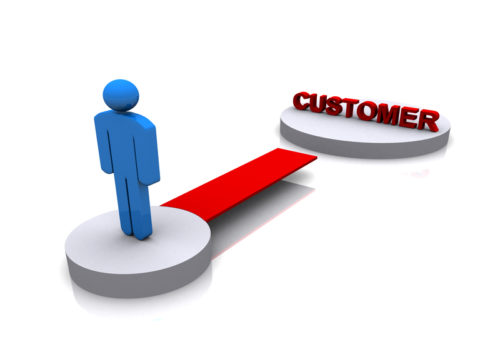
Build a strategic bridge from the business to the customer and create tools for all channels used throughout the process.
Product marketing is in demand, as businesses look for new ways to connect with consumers. Following are five tactics to help create impact for products/services:
1 ) Embrace both business and product strategies.
Businesses tend to focus on business development, which is important, yet product marketing shouldn’t be overlooked:
- The product/service runs the ship, and product marketing is what makes everything come to life.
- Understand the product/service end-to-end and everything in the process that surrounds it.
2 ) Customer-first mindset: outside in, inside out.
Think outside in by putting yourself in the shoes of the customer, creating a path to connect the customer to both the business and product strategy:
- Customers want products that intuitively meet and anticipate their needs; product marketing helps to represent their point of view and experience.
- It’s simple and effective — deliver for the customer and it ultimately makes the product better.
3 ) Establish a strategic foundation.
Explain why your product/service is superior and how it solves the customer’s needs:
- Brand strategy, product positioning, messaging, personality and tone comprise the nucleus of your marketing plan and the face of your business approach.
- Ensure these elements are connected, clearly articulated, differentiated from competition, relevant to customers, and authentic to your business.
4 ) Develop a marketing toolkit.
Once the foundation is established, develop moving pieces that connect with the customer and drive forward business goals:
- Create a customer-focused website, product videos, digital advertising assets and targeted email campaigns.
- The marketing toolkit may be constantly evolving, so refer back to your strategic elements to ensure they all look, feel and sound the same.
5 ) Right conversation, right person, right time.
Addressing customers according to their individual wants and needs helps ensure communication will be positively received:
- Different types of customers will require different types of conversations.
- Make sure you’re talking to the right person in the right way through the right channel.
For product marketing to be successful, it is important to understand the product/service and how to represent a customer’s needs. Build a strategic bridge from the business to the customer and create tools for all channels used throughout the process.
Source: Media Post-The Marketing Insider, reported by Ben Kuenzle; factorial.com
